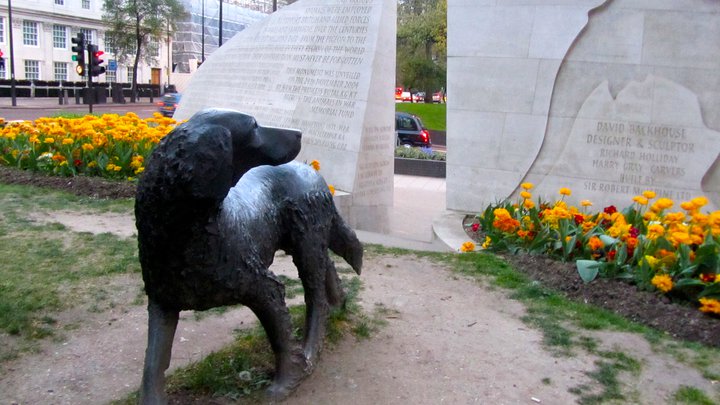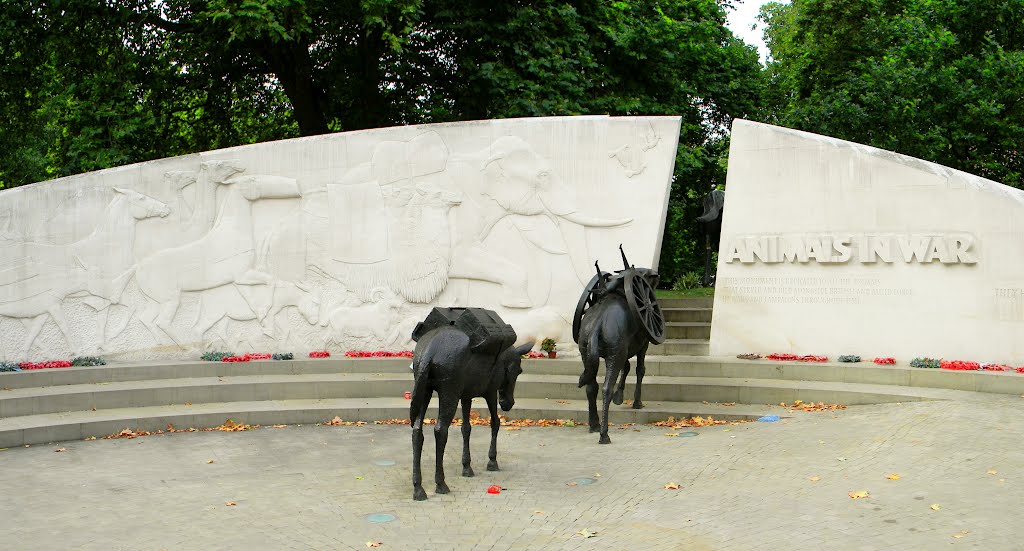The Staff have had their first Fuss and Feed V.E.T. drama. In fact, Monday evening turned out to be quite a round.
At the first house they discovered the clients had decided they were fed-up with Whiskers and had begun to prepare their own supper by placing a small (dead) bird in one of their bowls.
The second house was the scene of the drama – more later – and at the last house there was vomit. Nice.
But back to the House of Drama. Three of our clients live there – two lady cats and a street-wise, battle-scarred wily old campaigner. Well, it looked like he had lost this particular campaign and The Staff are not unconvinced that one of the lady cats was responsible. Meow.
He had a nasty scratch over one eye heading towards his ear. So, much to his disgust, The Staff gently cleaned it with saline solution. This is the best thing to use and here’s why.
Most of our minor wounds will heal on their own but it’s really important to keep them clean to avoid infections.
Use a saline solution to clean the wound. It will disinfect the wound without stinging and it doesn’t have side effects.
Completely dissolve 1/4 teaspoon of table salt in 237ml (1/2 pint) of room-temperature water. Use cotton wool to gently bathe the wound with the solution three or four times a day until it heals.
Make sure you make a new solution each time though because bacteria can form if it’s been sitting around. And of course use new cotton wool balls or pad for every treatment.
Please don’t use an antiseptic that you’d use on yourself though. We cats do like to lick ourselves clean and human antiseptics can be toxic to us. Apparently Savlon and Dettol can give us a chemical burn on our tongues. And they are too abrasive for our skin if it’s broken so please do avoid antiseptics intended for humans.
The Staff bathed the scratch again the next day but decided it would be sensible to take Mr Scrapper (not his real name) to the vet. They asked themselves what they would do if it had happened to me and of course they would bundle me into my carrier and take me off to see He-Who-Must-Not-Be-Named.
Happy to report Mr Scrapper is fine and doesn’t even have to wear The Collar of Shame. He did, however, get an antibiotic injection and a course of tablets for his troubles.
So, if you’re in the slightest bit concerned about a scratch or wound on your cat, or one you’re looking after, clean it with mild salty water first, then always consult your vet.
The Staff report that, despite being carted off to the V.E.T. this morning, Mr Scrapper came running to greet them this evening so he’s obviously forgiven them.


